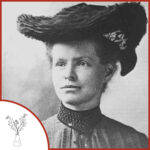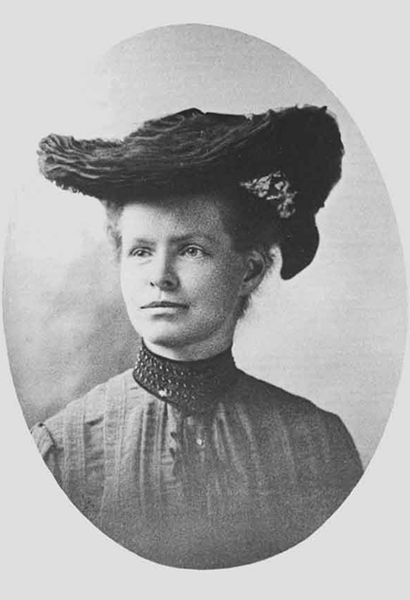

Birth: July 7, 1861
Death: May 4, 1912
Specialty: Genetics
Major Contributions:
Discovered chromosomal link to sex determination
Authored 38 publications Discovered a new species of protozoa
Dr. Nettie Stevens’ career as a geneticist wasn’t very long, lasting only about 11 years, but in that short time she was able to make huge strides in understanding genetic traits. After finishing high school, she spent years teaching to save money to attend college.
As an undergraduate at Leland Stanford Junior University, the precursor to Stanford University, she discovered a new species of protozoa and examined the structures of its cells, publishing a description of the distinct chromosomes in protozoa for the first time. She earned her BA and MA degrees from Stanford. She started a doctoral program at the school and then transferred to Bryn Mawr.
Her skills and understanding of chromosomal research made her a standout and she began to be awarded fellowships that allowed her to travel. Earning her doctorate in 1903 she again had to find the funding to continue learning and she appealed to the Carnegie Institute for support. She spent a year at the institute exploring sex determination in insects.
Her methodology included plucking out the gonads from mealworms, beetles, and butterflies fixing them in a solution and securing these preserved sex organs in paraffin blocks. She then sliced the blocks into thin pieces mounting them onto slides. Under the microscope Stevens could see lines of chromosomes and was able to observe a pattern in their structures. Female cells contained only X chromosomes while male cells had both X and Y.
It was her conclusion that it was the combination of these chromosomes at conception that determined the sex of the offspring. Publishing her theory in two parts in 1905 she was challenging two-thousand years of incorrect thinking on the topic.
She returned to Bryn Mawr holding the position of associate in experimental morphology but was frustrated with having to teach so she began seeking pure research positions. But she passed away from breast cancer in 1912 before she could occupy the research professorship created for her. While her career might have been cut short, she was the author of 38 publications and her work provided much needed evidence for Mendelian and chromosomal theories of inheritance.
Written by Angela Goad
Sources:
DNA From the Beginning: Nettie Maria Stevens (1861-1912)
Scitable by Nature Education: Nettie Stevens: A Discoverer of Sex Chromosomes
The Embryo Project Encyclopedia: Nattie Maria Stevens (1861-1912)
Headstrong: 52 Women Who Changed Science-and the World by Rachel Swaby
See Also:
